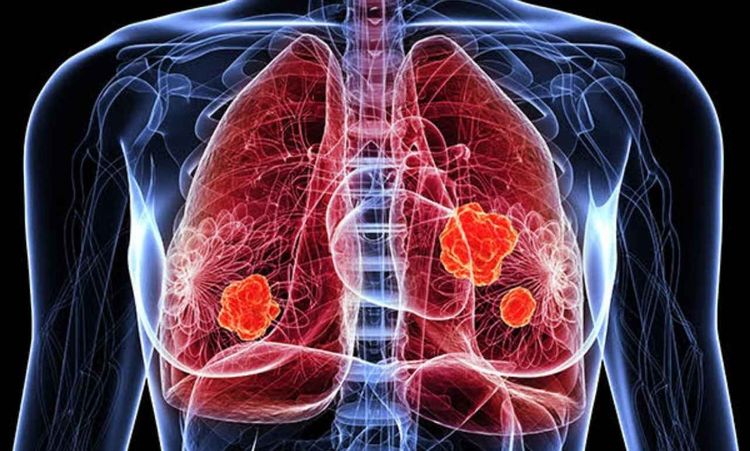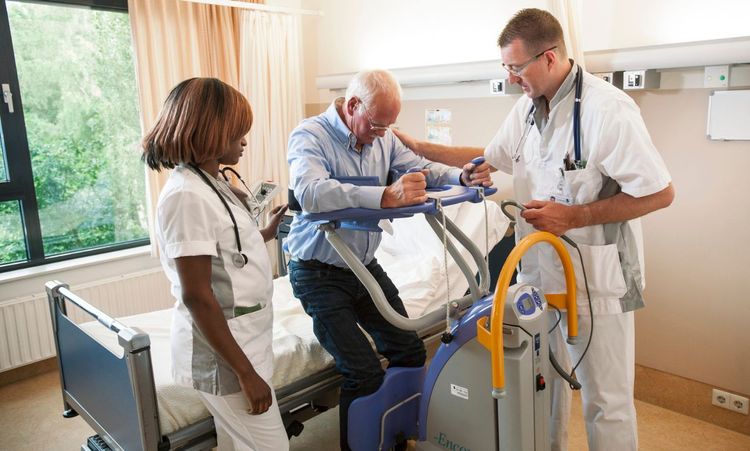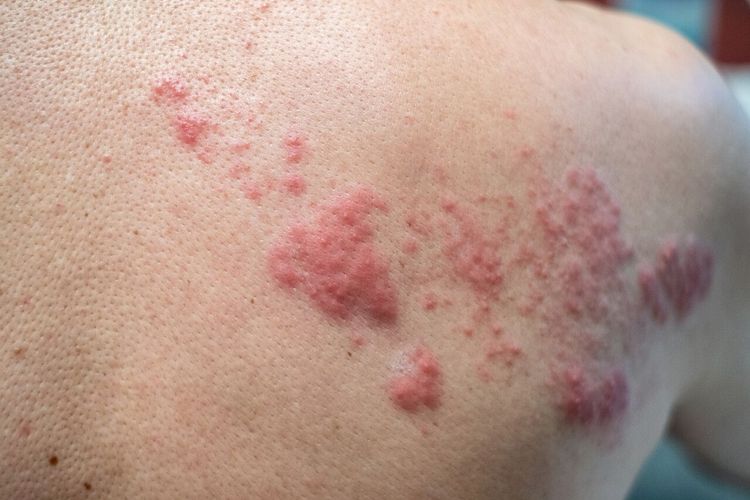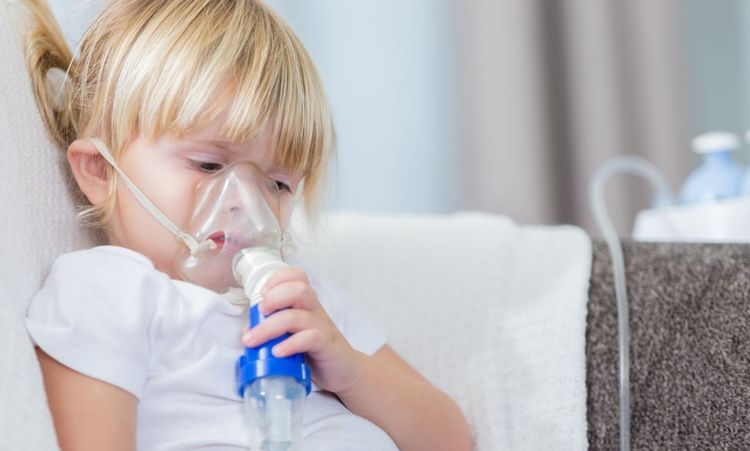Lung cancer remains one of the deadliest diseases worldwide. Non-small cell lung cancer (NSCLC) makes up about 85% of all lung cancer cases. Many of these cases could be avoided through lifestyle changes and environmental awareness.
The scary part? NSCLC can develop even in people who never smoked. That’s why prevention must go beyond cigarettes.
This article will explore practical ways to lower your risk. We’ll break down each method simply, so you can take action today. From avoiding harmful chemicals to improving your indoor air quality, every small change counts.
Let’s dive into what works — and why it matters.
Quit Smoking
Why quitting smoking is your biggest step toward prevention
Tobacco smoking remains the number one cause of non-small cell lung cancer. Cigarettes, cigars, and pipes all release thousands of harmful chemicals. Some of these are directly linked to cancer formation.
Smoking introduces carcinogens into your lungs. Over time, these toxins damage lung tissue and alter cell DNA. That’s how cancer cells start multiplying.
Even if you’ve smoked for years, quitting still reduces your risk. In fact, the benefits begin just days after stopping. The longer you stay smoke-free, the more your lungs heal.
Secondhand smoke also plays a role. If someone smokes near you, you're inhaling many of the same toxins. Children, coworkers, and partners are all vulnerable.
Many health centers now offer smoking cessation programs. These include nicotine replacement therapies, support groups, and prescription aids. Don’t hesitate to ask your doctor for help — there's no shame in needing support.
Reduce Exposure to Radon
What is radon, and how does it affect lung cancer risk?
Radon is a naturally occurring gas. You can't see it, smell it, or taste it. Yet it’s the second leading cause of lung cancer in the United States.
Radon forms when uranium breaks down in soil and rock. It seeps through cracks in your home’s foundation and accumulates over time. Breathing in radon over many years increases your risk of developing lung cancer — even if you’ve never smoked.
Testing your home is the only way to know your radon levels. DIY test kits are available at hardware stores or online. If your levels are too high, mitigation systems can help reduce exposure. These systems use fans and vents to direct radon safely outside.
Home buyers are encouraged to request radon testing before closing. And if you’re doing renovations, check again afterward. Radon levels can change with structural updates.
Avoid Exposure to Asbestos
How asbestos exposure quietly increases your lung cancer risk
Asbestos was once praised for its heat resistance and insulation. But now we know it’s dangerous when disturbed. Tiny fibers break off and become airborne. When inhaled, they settle in the lungs and cause scarring, inflammation, and cancer.
Asbestos is most dangerous during renovations or demolition. Older homes, schools, and office buildings may still contain it in floor tiles, insulation, or roofing.
If you suspect asbestos in your home, don’t try to remove it yourself. Hire a certified professional trained in safe removal practices. Breathing protection and proper sealing techniques are crucial.
Workers in shipyards, construction, or manufacturing face greater risk. Employers are required to follow health and safety rules. Still, wearing protective equipment and reporting unsafe conditions can make a big difference.
If you’ve worked with asbestos, regular health screenings are essential. Early detection improves outcomes.
Limit Exposure to Air Pollutants
Why air pollution isn’t just an outdoor problem
Air pollution affects more than just the planet. It plays a serious role in developing non-small cell lung cancer. Exhaust fumes, industrial emissions, wildfire smoke, and even indoor pollutants can harm your lungs over time.
Fine particles from traffic or burning fuels enter your airways and stay there. Over the years, these particles damage cells and increase inflammation. This ongoing irritation may trigger the start of cancer.
Indoor air can be even worse. Cooking fumes, cleaning sprays, mold, and dust all contribute to poor air quality. Use exhaust fans when cooking, open windows regularly, and clean with non-toxic products.
If you live in a city or near busy roads, consider using an air purifier. These devices trap particles and help reduce indoor pollution. Check the air quality index (AQI) in your area and stay indoors when levels are poor.
Air pollution may be hard to avoid completely, but small habits matter.
Exercise Regularly
How physical activity supports lung health and reduces cancer risk
You don’t need to run marathons to protect your lungs. Just 30 minutes of moderate activity each day can make a huge difference.
Exercise improves lung function and helps your body use oxygen more efficiently. It also strengthens your immune system, keeping abnormal cells in check. People who are physically active tend to have lower cancer rates overall.
Walking, cycling, swimming, or even dancing at home — all are great options. Choose something you enjoy so it becomes a habit, not a chore.
Regular exercise also helps control your weight. Obesity has been linked to several cancers, including lung cancer. Even small weight loss can help reduce inflammation and improve overall lung health.
On top of the physical benefits, movement is great for your mental health too. Feeling good inside motivates you to make better choices overall.
Personal Note: Real Lessons from a Family Member
My uncle worked as a mechanic for over 20 years. He never smoked but was exposed to asbestos and exhaust fumes every day. No one ever talked about workplace exposure back then.
In his 50s, he started coughing and losing weight. Doctors diagnosed him with non-small cell lung cancer. It shocked our family — we thought only smokers got lung cancer.
Watching his health decline pushed me to learn about risk factors. That’s why this information is so important to share.
We can’t change the past, but we can make better choices now.
Conclusion
Preventing non-small cell lung cancer isn’t about one big decision. It’s about dozens of small ones.
Quit smoking if you haven't already. Test your home for radon. Handle asbestos carefully. Breathe clean air when you can. Move your body daily.
These actions may seem simple, but they stack up. Prevention is always easier than treatment. Your lungs work hard for you — it’s time to return the favor.
Ask yourself: what can you do today to lower your risk?




